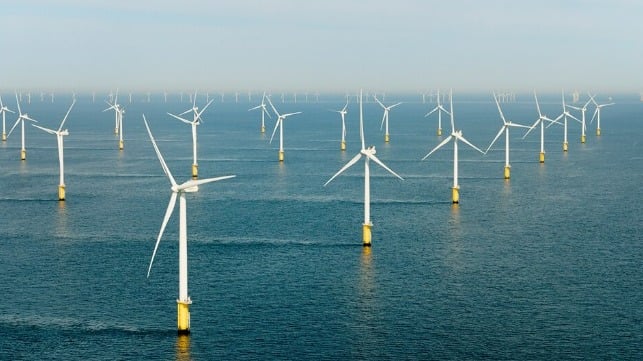
The board approved a 6,162-acre property agreement for Diamond Offshore Wind, a subsidiary of Mitsubishi, involving a site off the coast of Terrebonne and Lafourche parishes. The second, larger parcel involves a 59,653-acre agreement for Cajun Wind, a subsidiary of Vestas, off the coast of Cameron Parish.
No details were offered on the potential size of the wind farms or timing, with the New Orleans newspaper The Times-Picayune quoting sources saying the projects were unlikely to be large wind farms, but would have the advantages of being near-shore projects. They however would mark a fundamental change for Louisiana and the Gulf Coast.
“For generations, the state of Louisiana has been a leader in energy production and offshore wind energy is the next chapter in that great history as we expand our options for clean energy production and open new avenues for the development of our state economy,” said Governor John Bell Edwards.
State Secretary Tom Harris explained, “These being the first wind energy operating agreements for the state, we were breaking new trails in negotiating these agreements.” The state passed legislation clarifying and codifying rules on leasing state offshore areas for wind energy, Harris notes, explaining that the two agreements had different payment structures to the state as they worked to develop the industry.
Diamond Offshore Wind covers a smaller area and pays more in up-front costs and rental fees per acre, with an agreement for $308,101 up-front on the 6,100 acres and 1.5 percent of gross revenues in energy royalty over the life of the agreement. Cajun Wind has a lower per-acre fee for up-front and rental payments but a higher energy royalty over the length of the agreement. Cajun Wind pays $357,923 on its 59,000-acre agreement and 2.2 percent in a royalty.
Last year, energy service company Entergy and Diamond Offshore Wind agreed to work together on the evaluation and potential early development of wind power generation in the Gulf of Mexico. Diamond cites its parent company's experience operating wind farms and its plans for wind farms in New England, including exploring the potential for floating wind turbines in the Gulf of Maine. Vestas has been a developer of large wind farms in Europe, but in the United States so far has only been a supplier and manufacturer of its large wind turbines.
“Wind energy projects off Louisiana’s coast will benefit from having transportation, fabrication, and engineering expertise that has long supported our traditional offshore industry already in place,” predicted Edwards. “And our existing ports and offshore support companies will benefit from new customers and new opportunities to work and grow jobs.”
Four months ago, in August the federal government conducted the first Gulf Coast offshore lease auctions for the wind sector. The Department of the Interior offered three different lease areas, including two parcels off Galveston, Texas, and one parcel off Lake Charles, Louisiana. RWE successfully bid for the Lake Charles site, paying $5.6 million for an area with 1.2 gigawatts of estimated wind potential, but said it was still very much an exploratory, long-term development. Neither of the Texas parcels drew bids.
The Bureau of Ocean Energy Management at the end of October released a tentative proposal for comment before offering four more Gulf of Mexico parcels in its next auction. Three of the sites are in Texas and one would be 82 miles off the coast of Louisiana. BOEM expects to finalize the details for those auctions in 2024.